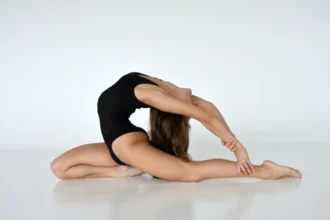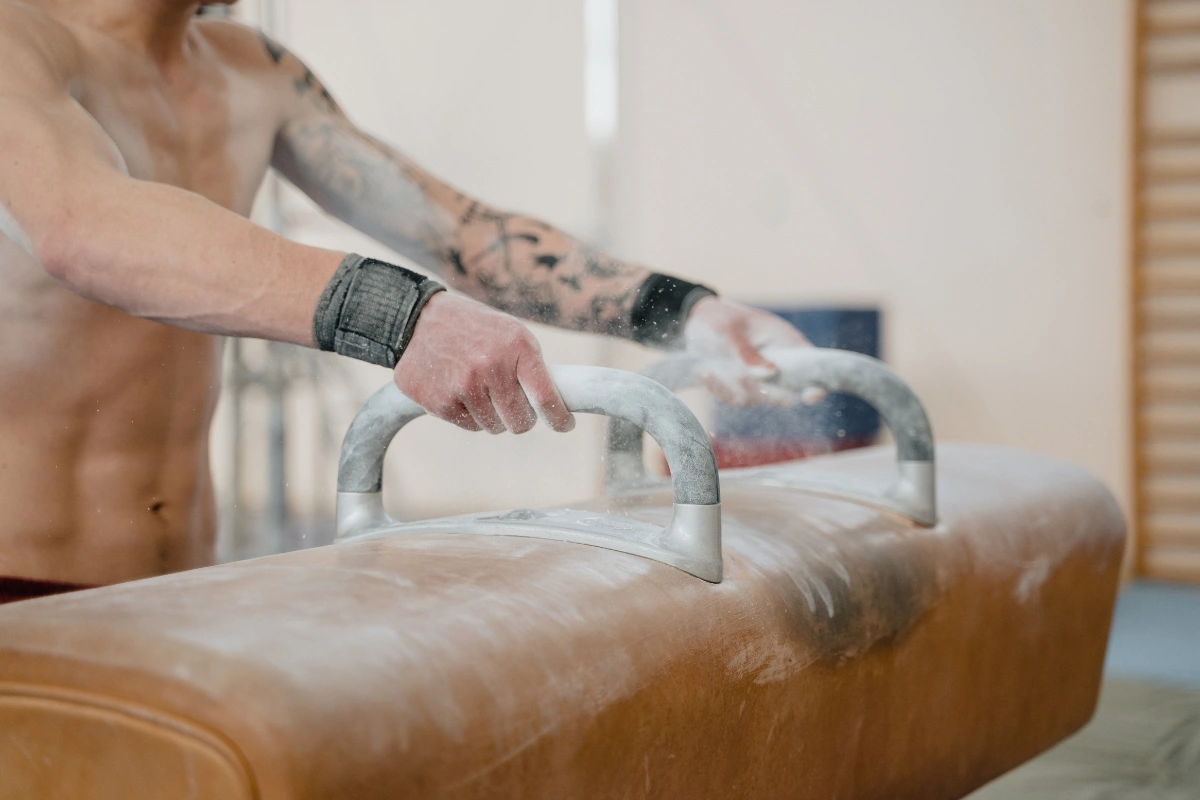In gymnastics, the events athletes compete in are often divided by gender, with each group performing on different apparatuses. While male gymnasts showcase their strength on the pommel horse and rings, these two apparatuses remain exclusively for men. But why is that the case?
The Pommel Horse: A Historical Overview
The pommel horse is one of the oldest and most distinctive apparatuses in gymnastics. It was first introduced in the early 19th century as a training tool for the Prussian military, where soldiers were required to demonstrate physical fitness through acrobatic movements, balance, and strength. Modeled after a simple wooden horse used by cavalry units for mounting and dismounting, it soon became a key part of military training programs.
In the late 19th century, gymnastics began to formalize as a competitive sport, with the pommel horse making its debut in international competitions. At the first modern Olympic Games in 1896, gymnastics became an official event for men, and the pommel horse was one of the six original apparatuses.
The pommel horse made its Olympic debut in the 1896 Summer Olympics—the first time gymnastics was included as an official Olympic sport. Since then, the pommel horse has remained a cornerstone of men’s gymnastics, with its challenging routines that often involve intricate swings, pirouettes, and scissors.
The design of the pommel horse also evolved over the years, becoming cylindrical and padded for safety, with two raised pommels (handles) at the center, allowing gymnasts to execute complex leg movements and continuous circular swings. The apparatus was further refined to meet the needs of male gymnasts, focusing on strength and control.
Why the Pommel Horse is Exclusive to Men
Despite its evolution into a skill-intensive apparatus, the pommel horse has remained exclusive to men in competitive gymnastics.
Several key factors explain why:
Upper-Body Strength and Muscle Development
- The pommel horse demands tremendous upper-body strength, particularly in the shoulders, arms, and chest. Gymnasts must swing their bodies in circular motions while gripping the pommels, maintaining balance and control throughout. The physical demands of the apparatus require a robust development of muscles like the trapezius, deltoids, biceps, and triceps—areas that tend to be more developed in men due to natural physiological differences.
Core Strength and Stability
- Alongside upper-body strength, the pommel horse requires exceptional core strength and stability. Complex moves like scissors and handstand pirouettes demand precise control of the torso and hips. Male gymnasts often have a greater capacity to develop core strength through targeted training
Explosive Power and Coordination
- Performing on the pommel horse also requires explosive power, particularly in generating momentum for continuous swings. The ability to transition seamlessly between moves while maintaining fluidity demands strength, endurance, and coordination—all attributes that tend to be more developed in male athletes.
While female gymnasts excel in strength and flexibility, the type of upper-body strength needed for the pommel horse, combined with the level of endurance and explosive power required, makes the event more suited to male athletes.
The Rings: Origins and Demands
The rings, another cornerstone of men’s gymnastics, also share many of the same gender distinctions as the pommel horse. The history of the rings can be traced back to ancient Greece, where strength-based exercises were used to develop the upper body. However, the rings as we know them today were developed in the 19th century by Friedrich Ludwig Jahn, who incorporated them into his Turnen system of gymnastics.
Rings made their Olympic debut in 1896, alongside the pommel horse, parallel bars, and other events. The apparatus is suspended at a height and requires gymnasts to perform skills like the iron cross, planche, and cross pull-ups, all of which demand incredible upper-body strength.
Why the Rings Are Exclusive to Men
The rings are exclusive to men for several of the same reasons that the pommel horse is. Male athletes are generally better suited to the extreme muscle demands of this apparatus due to the anatomical differences between men and women.
Upper-Body Strength
- The rings require an extraordinary level of upper-body strength, particularly in the shoulders, arms, chest, and back. Men, on average, have more muscle mass in these areas, enabling them to handle the intense demands of holding and swinging from the rings while performing complex maneuvers.
Proportion and Reach
- The rings are suspended at a height that can be difficult for female gymnasts to manage, particularly when considering differences in the length of the arms and overall body strength between men and women. The higher the rings, the more challenging it is to control one’s body weight and execute the required moves with precision and control.
Type I vs. Type II Muscle Fibers
- Women typically have a higher proportion of slow-twitch muscle fibers, which are more suited for endurance activities like dance and aerobic exercises. The fast-twitch muscle fibers, which are used in short, explosive movements, are more prevalent in men, making them better equipped for tasks like the iron cross, where the gymnast must support their entire body weight in a static position.
Strength and Flexibility in Men’s vs. Women’s Gymnastics
The difference in events between men’s and women’s gymnastics often reflects a balance between strength and flexibility.
Men’s apparatuses, like the pommel horse and rings, emphasize raw strength, endurance, and explosive power. Women’s events, such as the uneven bars, balance beam, and floor exercise, emphasize a combination of strength, flexibility, and artistry, with a strong focus on grace, balance, and fluidity in movement.
While female gymnasts certainly excel in their own right, the unique demands of these two apparatuses have kept them firmly within the domain of men’s gymnastics, reinforcing the traditional division of events in competitive gymnastics.





